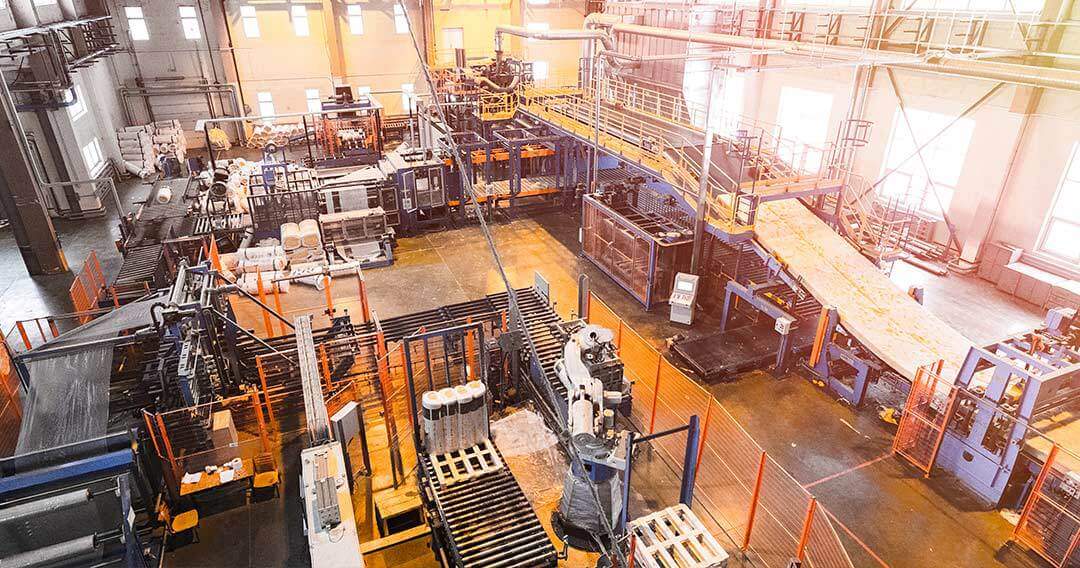Many companies seem to mentally compartmentalize safety, quality and operations into separate areas. Those in charge of safety in the plant may connect with management about potential hazards, but they may not connect daily with those in charge of quality control or operations. These separations can, and do, lead to small problems that go unnoticed until a bigger problem emerges—one that might have been avoided if those three areas had used a more holistic, unified approach. By taking a collaborative approach, utilizing appropriate resources, and involving all stakeholders, transformation becomes a reality and a comprehensive safety culture can be built.
Striving for Safety Culture
How central is safety to your company culture? Sure, anyone can say, “Safety is important.” But as Dr. David Michaels, formerly Assistant Secretary of Labor for OSHA points out in a recent Harvard Business Review article, the typical platitudes about “worker safety is important” or “safety reduces costs” rarely lead to the kind of cultural change that actually builds genuine safety culture. There are two examples of companies who took different approaches. One put profits before safety. The other put safety before everything else. The latter is the one that ended up being more successful on all levels of business—not in spite of, but because of its overriding focus on safety in tandem with other companies goals in quality and operations.
So, in order to develop a safety culture, everyone in the organization has to put safety values, beliefs, attitudes and procedures at the top. Safety needs to filter into every corner of the organization. While it may be a good idea to start with a safety team to promote that culture, everyone from the top management to floor leaders and employees at every level, must be held accountable for safety at all times. Safety must be an integral aspect of quality control and operations efficiency. They are like the classic three-legged stool—absent any one of those legs, the stool collapses.
Communication and Ownership of Safety from Top to Bottom
It’s impossible to develop a safety culture without total commitment from the CEO and other top executives. Everyone down the line watches for clues to company priorities from leadership, and the company’s core values radiate outward from there. If workers hear a message of “safety is important” but see and experience corners being cut to improve profits at the expense of important equipment maintenance, crucial training or other safety and quality issues, that message disappears. Safety procedures get skipped, incidents happen, nonconformities occur and quality suffers.
Whenever risk is involved, seamless and direct communication from the top needs to flow freely from management to all workers. Everyone needs to own the responsibility of promoting both safety and quality through efficient operations. If safety suffers, quality suffers. And truly, ownership is key. Dr. Michaels also said that safety must be tied to performance reviews, promotions and bonuses, right to the top management. In his most successful example of creating a safety culture, he notes that the company eliminated management bonuses if there were any serious safety incidents.
Unifying Safety, Quality and Operations
When you interweave your safety, quality and operations goals, your company can expect to reduce significant costs while also boosting profits. When employees feel invested in the same safety processes that management is engaged in, an eager, engaged safety culture develops quite naturally, across all departments.
We can help you pinpoint the leading indicators that will protect your workers, boost quality and spread the urgency and benefits of safety through your entire organization. Contact us today to see how it works.


